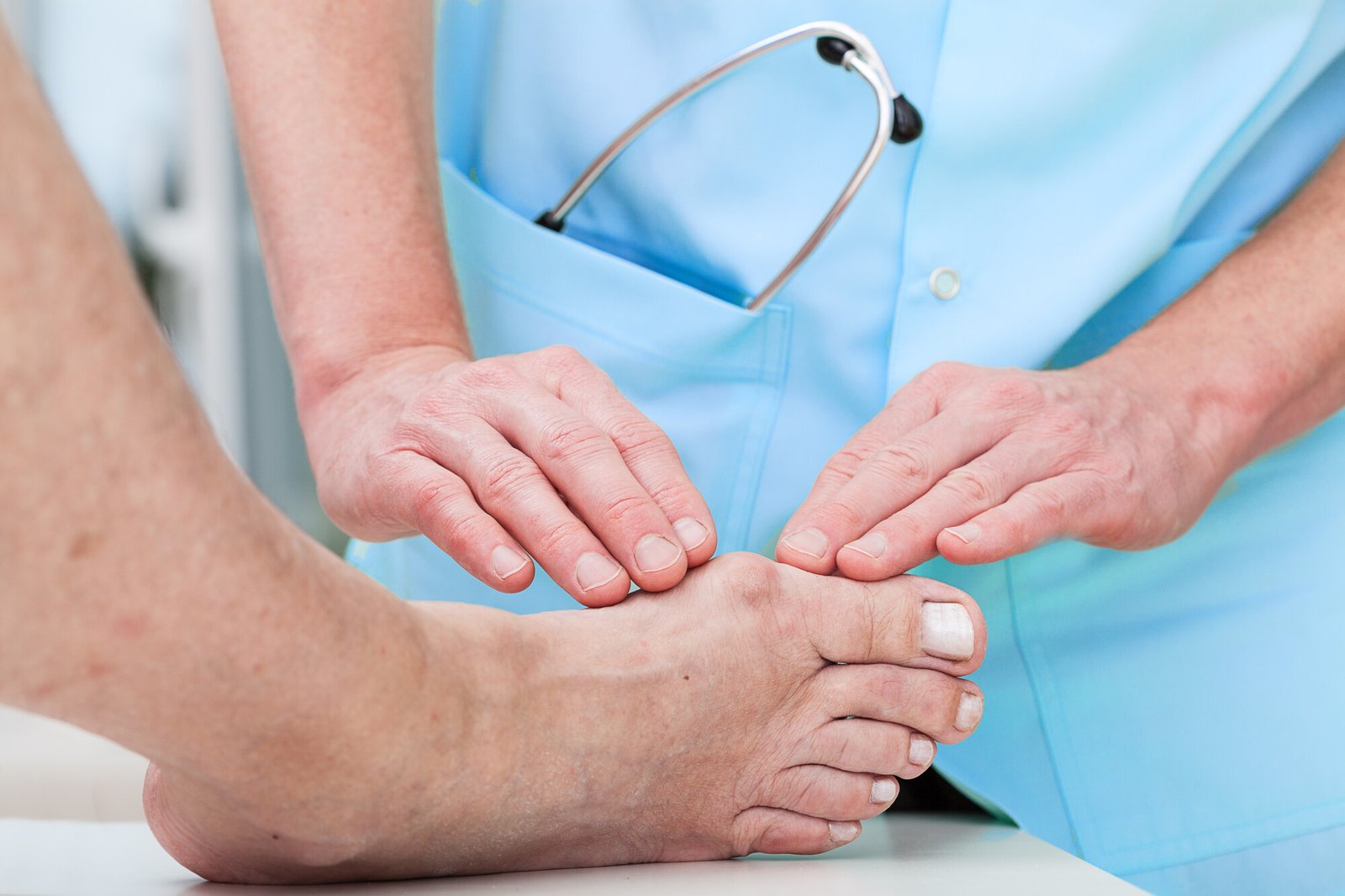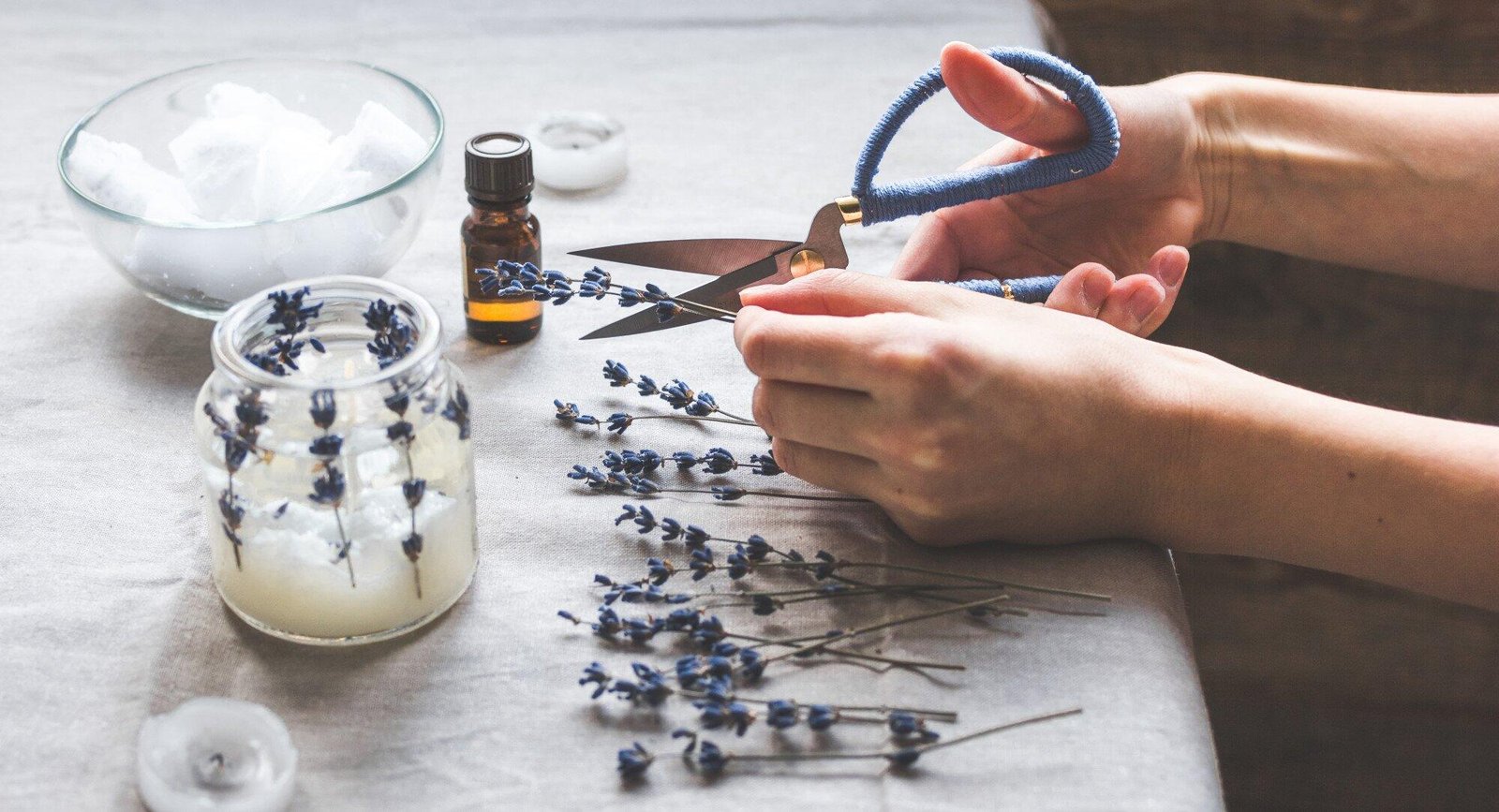
8 Common Causes of Foot Pain
Everyone gets sore feet now and then. You might strain your feet at the gym or step on a stone and twist your ankle.
Pain in your feet can be quite noticeable and go away within a few days. Or, the pain can increase over months or years. Knowing the main causes of foot pain can help you treat your pain and keep it from getting worse.
Start by identifying your pain category to get treatment tips that work for you. Then, read on to learn the common reasons for having foot pain.
Table of Contents
1. Plantar Fasciitis
Plantar fasciitis is a condition in which the thick band of tissue that supports the arch of the foot, known as the plantar fascia, is inflamed due to overuse and strain. Common causes of plantar fasciitis include:
- being overweight
- having an abnormal walking gait
- wearing inadequate arch-support shoes
- having foot structure abnormalities
- spending long hours at work
To prevent further injury and foot aches, it is important to wear the right type of shoes with good arch support or use orthotics like Superfeet shoe inserts. Stretching the calf muscles and plantar fascia daily can also help alleviate foot pain.
2. Achilles Tendonitis
Achilles tendonitis is a common source of foot pain, usually caused by an injury associated with overstretching or overuse of the Achilles tendon. This tendon connects the muscle in the calf to the bones in the heel and is essential for everyday activities like running and climbing stairs.
Common signs of Achilles tendinitis include pain around the back of the heel that is worse when stretching the tendon, stiffness in the back of the heel after rest, and visible swelling. Treatment for Achilles tendinitis often includes rest, icing the affected area, and stretching exercises. Surgery is rarely necessary and can cause more harm than good.
3. Heel Spurs
Heel spurs are one of the most common causes of foot pain. They are growths of bone that form around the tendon or ligament that attaches your heel bone to your foot. Heel spurs can be very painful and can cause tenderness, swelling, and inflammation of the affected area. The pain can increase when walking or standing or with activities like running.
Heel spurs can become worse with age and with obesity. Arthritis and poor footwear can also contribute to painful heel spurs. Treatment typically involves resting the affected area and medicines to reduce swelling and reduce pain.
4. Bunions
Bunions occur when the bones in the base of the big toe become misaligned. This creates a bump on the side of the foot, near the base of the big toe. The bump can become painful, especially when wearing shoes that aggravate the area.
Women have a higher risk of developing bunions due to wearing narrow or tight shoes and having a tendency to get foot deformities. Treatment can involve wearing roomy, comfortable shoes, over-the-counter pain relievers, or custom orthotics. Surgery may also be required in severe cases.
5. Morton’s Neuroma
Morton’s neuroma is typically described as a sharp, burning sensation in the ball of the foot. It occurs when the nerve that connects the toes to the foot becomes compressed due to thickening from tissue swelling or from wearing shoes that are too tight. Symptoms can also include tingling, cramping, and numbness, and the area may feel tender to the touch.
Neuroma is most common in women who wear high-heeled and pointed-toe shoes often. Risk factors for developing this condition include standing for long periods and participating in activities that require repetitive motion of the toes, such as running.
Treatment usually involves anti-inflammatory medications, physical therapy, and using arch supports or orthopedic shoes that help protect the nerve and reduce inflammation.
6. Gout
Gout is a form of arthritis caused by the buildup of uric acid in the blood. When uric acid levels become too high, it can form hard deposits called uric acid crystals around joints, such as the feet.
Gout is identified by severe pain, swelling, warmth, and redness around the affected joint and can last for days or weeks at a time. Those with gout are also at a higher risk of recurring flare-ups and increased pain with physical activity.
Treatment usually involves medications to reduce uric acid levels in the blood and reduce the amount of pain, but lifestyle changes such as increased exercise, reduced alcohol consumption, and maintaining a healthy weight can also help reduce the chances of developing gout and managing flare-ups.
7. Corns and Calluses
Corns and calluses are two of the most common causes of foot pain. Corns form when the skin is subjected to too much pressure, often when shoes are too tight or when the body is standing or walking on hard surfaces for long periods. Corn can be painful and uncomfortable, often causing the person to limp or walk on the balls of their feet.
Calluses occur when skin is thickened by repeated pressure or friction. Calluses are often noticed on the bottom of the feet and can cause pain when direct pressure is applied.
Treatment for corns and calluses usually involves footwear and/or orthotic devices that lift and cushion the area, along with debridement of the keratinized skin. Taking regular breaks from wearing shoes, as well as soaking feet in warm water, and using pumice stones to remove dead skin, are additional methods to reduce pain and discomfort.
8. Foot Fractures
Foot fractures are a common cause of foot pain, typically occurring when the foot takes on more stress and trauma than it can handle. Trauma caused by high-impact activities such as running and jumping is one of the main causes of foot fractures. Other causes include dropping heavy objects on the foot, twisting motions, and repetitive stress from running, walking, and climbing.
Symptoms of a foot fracture are severe pain, swelling, bruising, and numbness, along with the limited ability to move the foot, walk and bear weight. On most occasions, broken bones of the foot require medical treatment, which can involve immobilization, surgery, and casts for support.
Protect Yourself Against Foot Pain
Foot pain can have a huge impact on everyday activities. Proper diagnosis and treatment are essential to reducing or eliminating foot pain. If foot pain persists, speak to your doctor to ensure proper care. Take control of your health today and protect yourself against foot pain!
For more helpful articles, check out the rest of our website.
Last Updated on April 10, 2023













